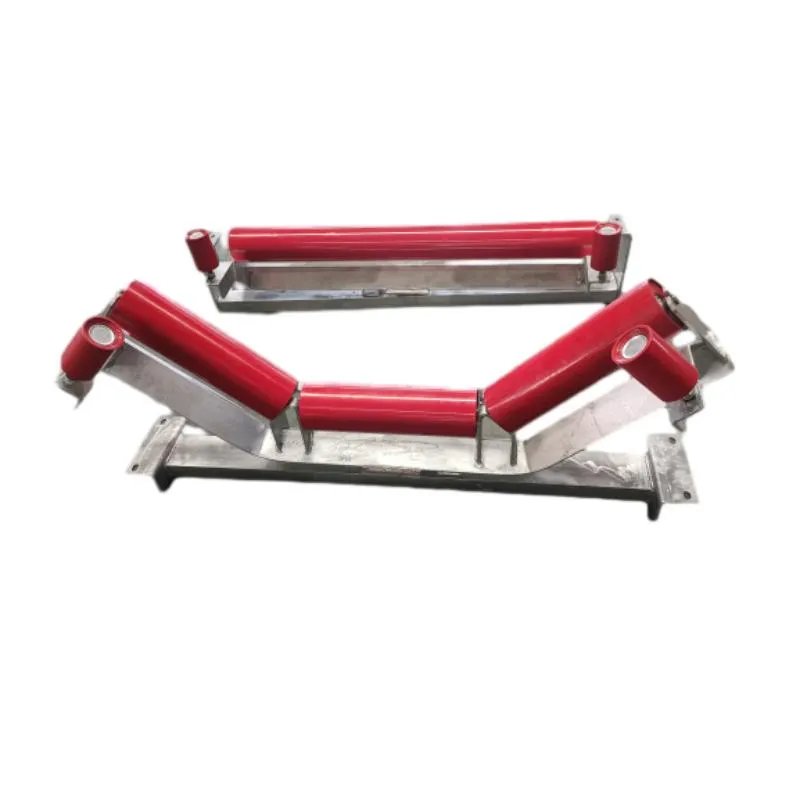 Afrikaans
Afrikaans  Albanian
Albanian  Amharic
Amharic  Arabic
Arabic  Armenian
Armenian  Azerbaijani
Azerbaijani  Basque
Basque  Belarusian
Belarusian  Bengali
Bengali  Bosnian
Bosnian  Bulgarian
Bulgarian  Catalan
Catalan  Cebuano
Cebuano  Corsican
Corsican  Croatian
Croatian  Czech
Czech  Danish
Danish  Dutch
Dutch  English
English  Esperanto
Esperanto  Estonian
Estonian  Finnish
Finnish  French
French  Frisian
Frisian  Galician
Galician  Georgian
Georgian  German
German  Greek
Greek  Gujarati
Gujarati  Haitian Creole
Haitian Creole  hausa
hausa  hawaiian
hawaiian  Hebrew
Hebrew  Hindi
Hindi  Miao
Miao  Hungarian
Hungarian  Icelandic
Icelandic  igbo
igbo  Indonesian
Indonesian  irish
irish  Italian
Italian  Japanese
Japanese  Javanese
Javanese  Kannada
Kannada  kazakh
kazakh  Khmer
Khmer  Rwandese
Rwandese  Korean
Korean  Kurdish
Kurdish  Kyrgyz
Kyrgyz  Lao
Lao  Latin
Latin  Latvian
Latvian  Lithuanian
Lithuanian  Luxembourgish
Luxembourgish  Macedonian
Macedonian  Malgashi
Malgashi  Malay
Malay  Malayalam
Malayalam  Maltese
Maltese  Maori
Maori  Marathi
Marathi  Mongolian
Mongolian  Myanmar
Myanmar  Nepali
Nepali  Norwegian
Norwegian  Norwegian
Norwegian  Occitan
Occitan  Pashto
Pashto  Persian
Persian  Polish
Polish  Portuguese
Portuguese  Punjabi
Punjabi  Romanian
Romanian  Russian
Russian  Samoan
Samoan  Scottish Gaelic
Scottish Gaelic  Serbian
Serbian  Sesotho
Sesotho  Shona
Shona  Sindhi
Sindhi  Sinhala
Sinhala  Slovak
Slovak  Slovenian
Slovenian  Somali
Somali  Spanish
Spanish  Sundanese
Sundanese  Swahili
Swahili  Swedish
Swedish  Tagalog
Tagalog  Tajik
Tajik  Tamil
Tamil  Tatar
Tatar  Telugu
Telugu  Thai
Thai  Turkish
Turkish  Turkmen
Turkmen  Ukrainian
Ukrainian  Urdu
Urdu  Uighur
Uighur  Uzbek
Uzbek  Vietnamese
Vietnamese  Welsh
Welsh  Bantu
Bantu  Yiddish
Yiddish  Yoruba
Yoruba  Zulu
Zulu Design and Functionality of Spiral Wing Pulley Mechanisms in Mechanical Systems
Understanding the Spiral Wing Pulley An Innovative Mechanism in Engineering
The spiral wing pulley is a fascinating engineering design that exemplifies the creative application of mechanical principles. Utilized in various machines and systems, this component plays a crucial role in improving efficiency and functionality. In this article, we will delve into the structure, mechanics, and applications of the spiral wing pulley, highlighting its significance in modern engineering.
Structure and Design
The spiral wing pulley typically features a unique design that distinguishes it from traditional pulleys. Its structure is characterized by spiral-shaped wings that extend outward from the central hub. These wings provide additional surface area for belt contact, enabling smoother movement and power transmission. The spiral design allows these pulleys to manage tension and load distribution more effectively, reducing wear and tear on both the pulley and the connecting belts.
Materials used in the construction of spiral wing pulleys vary, with options ranging from durable metals to high-strength composites. This variability allows engineers to select the appropriate material based on the specific requirements of the application, such as load capacity, environmental conditions, and desired lifespan.
Mechanics of Operation
The operation of the spiral wing pulley is based on fundamental principles of mechanics, particularly those involving rotational motion and tension. When a belt wraps around the pulley, the spiral wings come into play by providing a larger contact area. This larger contact area helps to ensure that the power generated by the driving machine is efficiently transferred to the driven machine.
As the pulley rotates, the angle of the spiral wings allows for a gradual change in the path of the belt. This design helps reduce slippage, which is a common issue in traditional pulley systems. By minimizing slippage, the spiral wing pulley enhances the overall efficiency of the system, resulting in better performance and longevity of the machinery involved.
Applications in Industry
spiral wing pulley

The spiral wing pulley finds applications across diverse industries, showcasing its versatility and effectiveness
. One of the primary sectors utilizing this technology is the manufacturing industry, where it aids in driving conveyors, mixers, and other equipment that require consistent and reliable power transfer.In the automotive sector, spiral wing pulleys are often employed in engine systems, ensuring optimal belt alignment and reducing noise and vibration. Additionally, they are used in various automotive accessories, such as alternators and water pumps, contributing to the smooth operation of the entire vehicle.
The energy sector also benefits from spiral wing pulleys, particularly in wind turbines and hydroelectric power plants. In these applications, the pulleys help manage the mechanical complexities of converting kinetic energy into electrical energy, ensuring that the systems function with maximum efficiency.
Advantages Over Traditional Pulleys
There are several advantages to using spiral wing pulleys compared to traditional pulley designs. First and foremost, the innovative shape of the wings allows for a larger frictional grip, which translates to improved power transfer. This advantage means that systems can operate at higher speeds without the risk of slippage, enhancing productivity in various applications.
Additionally, the design of spiral wing pulleys can contribute to weight savings in machinery. By optimizing the structure without compromising strength and durability, engineers can reduce the overall weight of machines, which is particularly beneficial in the aerospace and automotive industries.
Moreover, the spiral wing pulley’s ability to distribute load evenly across its surface minimizes wear and prolongs the lifespan of both the pulley and the associated components, leading to lower maintenance costs and less frequent replacements.
Conclusion
In conclusion, the spiral wing pulley represents a significant advancement in pulley technology, offering numerous advantages for a wide range of applications. Its unique design, efficient mechanics, and versatility make it an essential component in modern engineering. As industries continue to evolve and strive for greater efficiency and performance, the spiral wing pulley’s importance and utility are likely to increase, paving the way for further innovations in mechanical design. This mechanism not only exemplifies the beauty of engineering but also highlights the continuous quest for improvement and optimization in technology.
-
Revolutionizing Conveyor Reliability with Advanced Rubber Lagging PulleysNewsJul.22,2025
-
Powering Precision and Durability with Expert Manufacturers of Conveyor ComponentsNewsJul.22,2025
-
Optimizing Conveyor Systems with Advanced Conveyor AccessoriesNewsJul.22,2025
-
Maximize Conveyor Efficiency with Quality Conveyor Idler PulleysNewsJul.22,2025
-
Future-Proof Your Conveyor System with High-Performance Polyurethane RollerNewsJul.22,2025
-
Driving Efficiency Forward with Quality Idlers and RollersNewsJul.22,2025





























